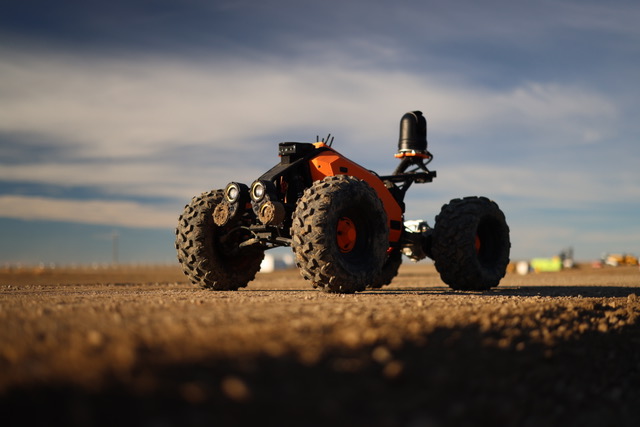There’s a talent drain facing the tech industry today. We frequently hear about companies that…
Portfolio
We’re excited to announce our investment in Optimotive, having led the company’s $2m seed round with participation from Garage and NewLab. Optimotive is building a fleet of advanced autonomous robots for some of the toughest, extreme environments… picture the rocky, dusty, muddy and unpredictable conditions common in industries like construction, mining, and oil & gas. […]
There’s a talent drain facing the tech industry today. We frequently hear about companies that…
We are very happy to announce our investment in Manifold, the easiest way to find…
We’re excited to announce our investment in Optimotive, having led the company’s $2m seed round with participation from Garage and NewLab.
Optimotive is building a fleet of advanced autonomous robots for some of the toughest, extreme environments… picture the rocky, dusty, muddy and unpredictable conditions common in industries like construction, mining, and oil & gas.
Optimotive’s robots are taking on the mundane, repetitive, and hazardous tasks that burden human workers – and doing it cost effectively. They have two products already deployed with major market players: IRIS, a wheeled autonomous robot (as seen in image below) that captures large-scale site data, and BOX, which provides a reliable home base and on-site infrastructure for entirely self-sufficient robots. And they’re adding two new robots to the fleet: MULE for onsite material handling and SCRUBBLES for site cleanup.
Robots and physical AI are hot in venture right now but there are several reasons why we’re particularly excited about this opportunity, and they align with our considerations on robotics which we blogged about this summer.
Vertical and horizontal
What drew us to Optimotive is the clear use case and pain point that the team is building a product for. Their robots can operate independent of any integrations with existing hardware and software. As niche as Optimotive may sound, it’s a great wedge into a grander market.
Vertically integrated
The company is vertically integrated – from developing their own AI to 3D printing their robots. The thesis is that each part of the robots on their own isn’t as valuable as the sum of all parts. By having control of their entire hardware/software stack, Optimotive can create, capture and accrue the most value.
Understanding the business model and purpose of automation
It’s trendy to automate everything, but is it worth it? This was a critical question for us to ask and for Optimotive to answer. The cost of having a robot like IRIS is substantially less than a human, making the choice a no-brainer. In terms of specific business models, RaaS works well here and compares well to the monthly salary or pay of a human worker. The payback period is not unsimilar to SaaS as the cost of building one robot unit is in the $10-30k range vs $100ks.
Founding team
And above all else, we were simply blown away by CEO Scott Fairley, who has been able to build this company and gain traction from a small town in Ontario. We couldn’t help but be impressed by his execution and obsession with bringing robots to life.
You can learn more about Optimotive’s groundbreaking robots on their website.

Portfolio
It’s hard to believe we’re already three quarters into the year. At V1, we’re all about finishing strong, and Q3 gave us plenty of reasons to be excited about what’s ahead. As always, we’ve rounded up a quick snapshot of the action across our portfolio from the past quarter: Funding announcements We welcomed TRIC Robotics […]
The V1 family kicked off the new year with fresh energy and no shortage of…
Fall is in the air and we are heading into the last quarter of 2023.…